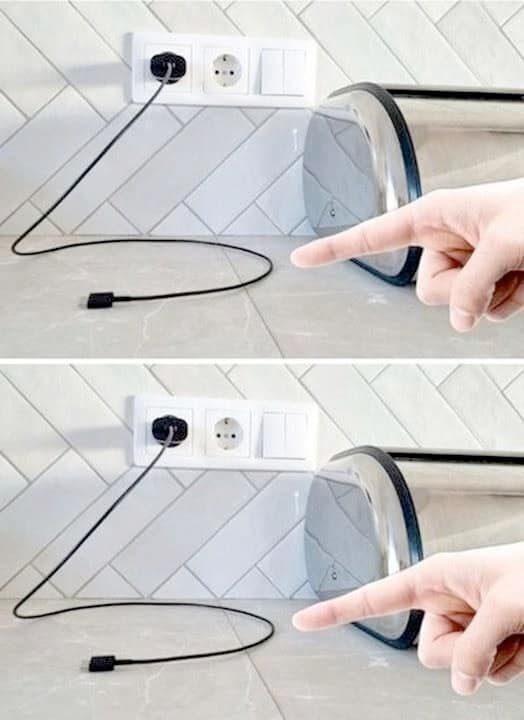ADVERTISEMENT
**The Risks of Leaving Chargers Plugged In: Why You Should Never Leave a Charger in an Outlet Without Your Phone**
In our tech-driven world, chargers have become as common as the devices they power. From smartphones and tablets to laptops and smartwatches, nearly every gadget needs a charger to stay powered up. While it’s natural to leave your charger plugged in when you’re not using it, many people are unaware of the potential risks associated with leaving chargers plugged into an outlet without your device attached. Whether you’re charging your phone, tablet, or any other electronic device, it’s important to understand why unplugging chargers when not in use is a good habit to form.
In this article, we’ll delve into the reasons why leaving a charger plugged in—especially when it’s not connected to your device—can be a safety hazard, waste energy, and damage your equipment. Read on to discover the risks and why it’s wise to take a few seconds to unplug your charger when it’s not in use.
—
### **What Happens When You Leave a Charger Plugged In?**
Chargers are designed to deliver power to electronic devices, but when they’re left plugged into an outlet without being connected to a device, they don’t stop consuming energy. This “phantom energy draw” is a key concern, as it means that even when your charger isn’t being used to power anything, it is still drawing power from the outlet. This energy drain is often minimal, but it adds up over time and can contribute to unnecessary electricity consumption. But energy wastage is just one of the risks involved.
—
### **1. Risk of Overheating and Fire Hazards**
One of the most significant risks of leaving chargers plugged in without a device is the potential for **overheating**. Chargers, especially low-quality or cheaper models, are not immune to malfunctions. When plugged into an outlet, they still operate to some degree, even without a device connected.
This continuous activity could lead to the internal components of the charger generating heat, which may cause it to overheat. The heat buildup, especially if the charger is used for a long period without being plugged into a device, can potentially result in **fire hazards**. In fact, overheating is one of the leading causes of electrical fires in homes.
The risk is particularly high for older chargers, cheap knock-offs, or counterfeit models that may not meet safety standards. They may lack the proper safety features such as **overload protection**, **temperature sensors**, or **short-circuit prevention** mechanisms that quality chargers come with.
—
### **2. Risk of Damage to the Charger or Outlet**
While the focus is often on device safety, leaving a charger plugged in can also **damage the charger itself** and the **electrical outlet** over time. Chargers are designed to handle power loads within a certain limit. When plugged in without serving a function (such as charging a phone), they might receive fluctuating electrical loads, which could eventually **degrade the internal components**. This could cause the charger to malfunction, lose efficiency, or even stop working altogether.
On the other hand, the **outlet** that the charger is plugged into could also suffer from prolonged use. Over time, leaving a charger in the outlet can cause the prongs of the charger to wear down the contacts in the outlet, leading to potential electrical faults, inefficient power distribution, or damage to the socket.
In some cases, you may experience electrical **arcing** when the charger prongs are not properly aligned or are worn down, which increases the risk of damage or even fire.
—
### **3. Phantom Energy Drain and Increased Electricity Bills**
Even when your charger isn’t actively charging your device, it still draws power from the outlet. This is known as **phantom energy drain** or **vampire power**. While it may seem like an insignificant amount of energy, over time, it can add up, leading to a noticeable increase in your **electricity bills**.
According to the U.S. Department of Energy, **standby power consumption** (the energy used by devices when not in use) accounts for up to 10% of household energy use. The average charger consumes small amounts of energy when plugged in, but across the entire year and multiple chargers in a household, this can add up to a significant cost.
It’s easy to overlook the cost of charging devices when they aren’t in use, but unplugging chargers when they’re not actively charging can help reduce this hidden energy waste, benefiting both your **wallet** and the environment.
For Complete Cooking STEPS Please Head On Over To Next Page Or Open button (>) and don’t forget to SHARE with your Facebook friends
ADVERTISEMENT
